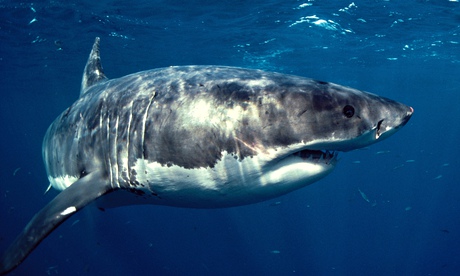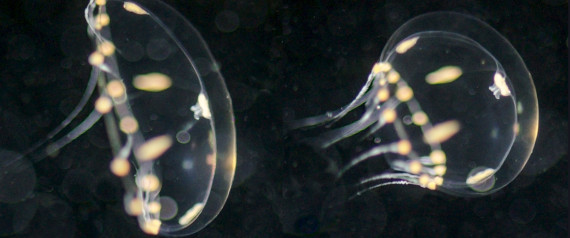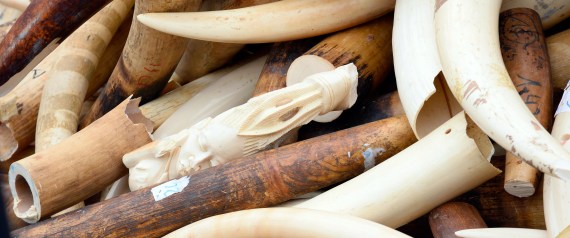by Sarah Sielinski, Science News, Magazine of the Society for Science and the Public Wild Things Section, 2/2/14
Before a baby sea turtle makes its way to the ocean, it has to survive the nest. But scientists have discovered that fungi can infect nests and kill up to 90 percent of eggs.
You wouldn’t think that huge reptiles would inspire a lot of love — except for dinosaurs, of course — but there’s something about sea turtles that’s just enchanting. Every one of the world’s seven sea turtle species is in trouble, however, considered endangered or vulnerable to extinction. These animals have declined as their habitat has been destroyed, they’ve been caught up in fishing gear, their nesting areas have been disturbed and raided for their eggs, they’ve ingested plastic pollution and they’ve been hunted by people and predators.
Pathogens are another threat, and now there’s a couple more to worry about, say researchers in a study published January 21 in PLOS ONE.
In recent years there’s been several reports of a fungus, Fusarium solani, that has infected sea turtle eggs. The fungus was blamed for mass mortalities in the nests of loggerhead sea turtles in Cape Verde in the Atlantic Ocean. To determine how widespread that fungus might be, Jullie Sarmiento-Ramírez of Real Jardín Botánico-CSIC in Madrid and colleagues conducted a survey of sea turtle nests in the Atlantic, Indian and Pacific Oceans from 2005 to 2012. Their survey included all sea turtle species except for the Kemp’s ridley.
Turtle eggs, the researchers found, were never infected if they were sampled directly from the mama turtle. (Note: All sampling was done without killing the embryos inside the eggs.) That suggested that the fungus was coming from the sand. The scientists then started looking more closely at the fungus.
F. solaniis not an individual species but a “species complex” comprised of more than 60 individual fungal species. To figure out which species within that complex are causing problems for the turtle eggs, the researchers had to build a fungal phylogenetic tree based on DNA. With that analysis, they could see that there were only two species — F. falciforme and F. keratoplasticum — that were always found in dead turtle eggs.
Those two fungal species show an important adaptation: The optimal growth temperature for the fungi coincides with the range of temperatures that are suitable for the development of sea turtle embryos, the researchers found. “This property makes optimal conditions for egg incubation to be ideal for pathogen growth and colonization,” they write.
Not all nests are equally at risk of becoming infected, though. Turtle nests located in regions prone to tidal flooding had a mortality rate of 99.7 percent and those inundated with clay and silt had a mortality rate of 89.7 percent. Nests that didn’t experience one of those conditions had a mortality rate of only 29.6 percent.
Here’s what the researchers think is going on in those nests that were inundated with water, clay or silt: The environmental conditions for those eggs are not great, which likely impedes gas exchange through the shells of the eggs, leading to greater embryonic stress and possibly death. Dead eggs are probably more easily colonized by the fungi, and once the fungi get established, they can reproduce like crazy, produce a lot of spores, colonize the live eggs in the nest and start killing those living eggs.
The finding that inundated nests are more vulnerable is worrisome because climate change and continued habitat destruction will make it more likely that sea turtles end up depositing eggs in these less suitable spots. But the finding might also help sea turtle rescue efforts — if programs can identify the locations where the fungal pathogens are likely to become a problem, they can focus their efforts in those spots, remove eggs from those more vulnerable beaches and raise only those eggs into baby turtles.





























